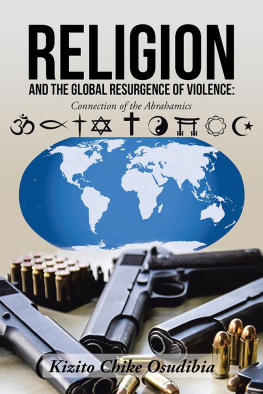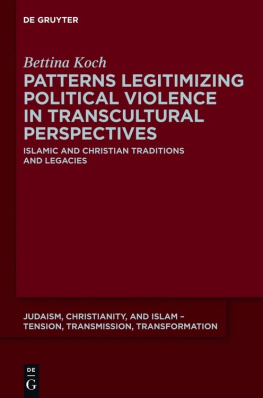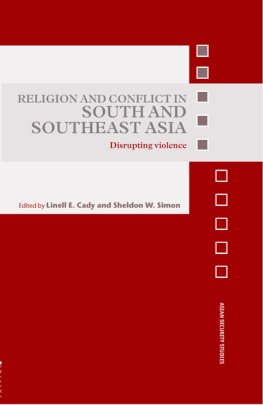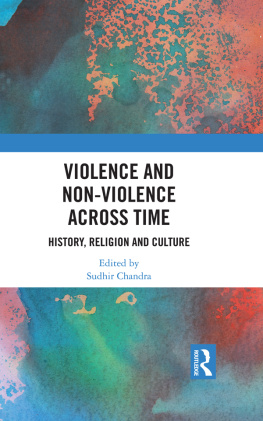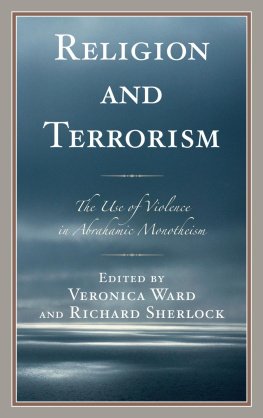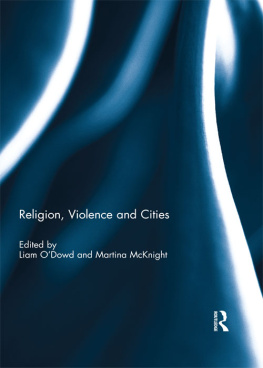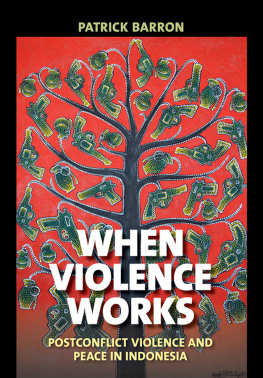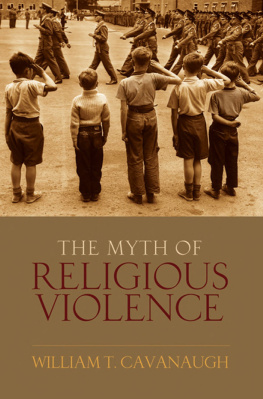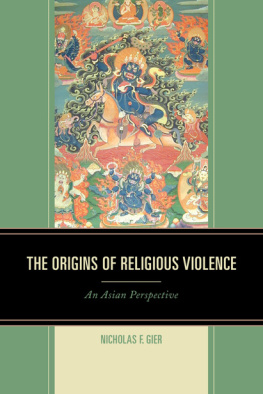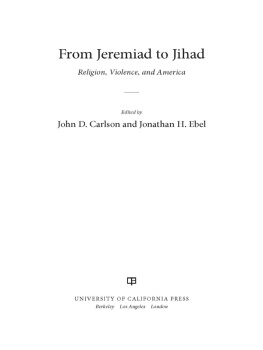RELIGION AND
THE GLOBAL
RESURGENCE
OF VIOLENCE
Connection of the Abrahamics
KIZITO CHIKE OSUDIBIA

AuthorHouse
1663 Liberty Drive
Bloomington, IN 47403
www.authorhouse.com
Phone: 1 (800) 839-8640
2016 Kizito Osudibia. All rights reserved.
No part of this book may be reproduced, stored in a retrieval system, or transmitted by any means without the written permission of the author.
Published by AuthorHouse 10/07/2016
ISBN: 978-1-5246-4252-5 (sc)
ISBN: 978-1-5246-4250-1 (hc)
ISBN: 978-1-5246-4251-8 (e)
Library of Congress Control Number: 2016916172
Any people depicted in stock imagery provided by Thinkstock are models,
and such images are being used for illustrative purposes only.
Certain stock imagery Thinkstock.
Because of the dynamic nature of the Internet, any web addresses or links contained in this book may have changed since publication and may no longer be valid. The views expressed in this work are solely those of the author and do not necessarily reflect the views of the publisher, and the publisher hereby disclaims any responsibility for them.
Table of Contents
Chapter 1
Introduction
Chapter 2
Background to the Problem
Chapter 3
Theoretical Perspectives
Chapter 4
The Resurgence of Violence (Neo-Terrorism)
Chapter 5
Field Work Outcomes and Evaluations
Chapter 6
Conclusion and Recommendations
List of Tables
DEDICATION
This work is dedicated
1. To all the victims of senseless religious violence, and violence perpetrated in the name of religion dead or alive.
2. To my nephews and nieces, and
3. To all who work tirelessly to assuage the raving bouts of violence in the world.
To God be all the glory. I begin by thanking fellow victims of violence in the name of religion. Your fortitude and resilience inspired this book. I thank Dr Edward Kim and Dr Leila Sopko, my professors, who helped to nurture my intellectual development and who wrote the foreword and preface to this book, respectively. Dr Bill Barry, words are insufficient to thank you for your role in supporting and encouraging my intellectual curiosity and academic adventures. Thank you for your invaluable friendship. To my peer and friend Dr Uju Okeahialam, we have shared and discussed ideas even though we do not always agree on certain fronts. Thanks for the comments you made concerning this publication. Ann Smith, your priceless friendship and support cannot go unnoticed at this time. You have been a beacon of hope, and a paragon of true friendship. I cannot thank you enough. To my publishers and those who made this edition successful; to Fr. Donatus Ironuma (Jomo), and Julie Costello, and Dave Ambuul I say thank you. Thank you, and may God bless you all.
Kizito Chike Osudibia
Religion and the Global Resurgence of Violence: Connection of the Abrahamics is a timely publication. The whole world of the news media is fraught with sad events of violence and heinous terrorist acts. In recent times, domestic and public violence has been ubiquitous. Europe has witnessed and experienced myriad terrorist attacks; the Middle East is constantly being assaulted by violence and the threat to exterminate Israel; and the United States, since 11 September 2001, has never been at rest from keeping watch over unexpected assaults from violent groups. Scholars and social analysts have been preoccupied in writing and probing for solutions to the obnoxious phenomenon of violence of every kind especially terrorism at both national and international levels. Some scholars have argued that this is the way of life, while others have argued to the contrary. In addition, while some scholars have argued that religion leads to violence, others have argued that religion instead has been invoked in order to perpetrate violence. I believe it is not my duty here to judge the positions of these scholars and commentators; either way, one position could be the correct case. Sometimes one may find both positions correct and working simultaneously.
In this publication, Osudibia examines the three Abrahamic religions and observes that there are elements of violence, covert or overt, in the Abrahamic religions. A cursory look at the different forms of violence the author identifies in chapter 1 gives credence to the claim that the Abrahamic religions have streaks of violence etched in some of their actions and practices. Osudibia went further to trace particular cases of violence among the Abrahamic religions, such as Yitzhak Rabins assassination, the conflicts between Irish Catholics and Protestants, and the skirmishes between the Sunnis and Shiites, just to name one case from each of the religions. An interesting point Osudibia makes is that intra-Abrahamic religious violence exists along with inter-Abrahamic religious violence. Hence, while the Christian denominations perpetrate violence among themselves, Muslim sects also mete out the same violence among themselves, as do the Jewish Zionists against the liberals. Osudibia argues with facts that not even the particular sects are free from meting out violence among their own members. Spiritual violence and structural violence, in the view of the author, seem to have been institutionalised in order to keep the status quo ante, or to keep the system going.
In chapter 3, the author furthers his argument from some theoretical perspectives. Theories are an essential part of the framework used to organise or explain specific social phenomena within socio-political settings or social sciences in general. They are based on certain assumptions, which bring the attention to particular features of a phenomenon and thus contribute to better understanding of it. The four theories that Osudibia employs in expounding his views and arguments namely the social movement theory, the theory of fundamentalism, the theory of primordialism, and the theory of the God of war could not have dovetailed better in this analytical publication. The author, in chapter 4, provides a somewhat detailed historical and religious background of the worlds known terrorist organisations. Like the other chapters, chapter 4 is very interesting and informative. How and why the notorious terrorist organisations started, how they grow, how they are sustained, and how they stand now even in the heat of being fought by the world powers are valuable pieces of information one must not let slip by without acquiring. I acknowledge I had no knowledge of the existence of some of the terrorist organisations discussed by the author in this book.
To demonstrate his scholarship, the author, in chapter 5, triangulates his work by engaging with focus groups and individuals concerning this subject. Among his discoveries are the causes of religious violence among these religions, which include but are not limited to government meddling in religious affairs, feelings of humiliation, and the accompanying bid to right wrongs. It has been discovered that where civil authorities impose laws relating to dress, such as abolishing face coverings; religious processions; and similar practices, violent conflicts may occur. It has also been discovered that where an individual or a sect feels humiliated by religious authorities, the tendency to demand for apology is very high, and when an apology is not forthcoming, conflicts can ensue. With regard to curbing violence and terrorism, the author argues for a deepened sense of dialogue, apologies, and forgiveness on the one side, and to stop all forms of brainwashing and the notion of heroic death on the other side. The author does, however, also include the argument of those who would prefer confronting violence with violence.
Next page
